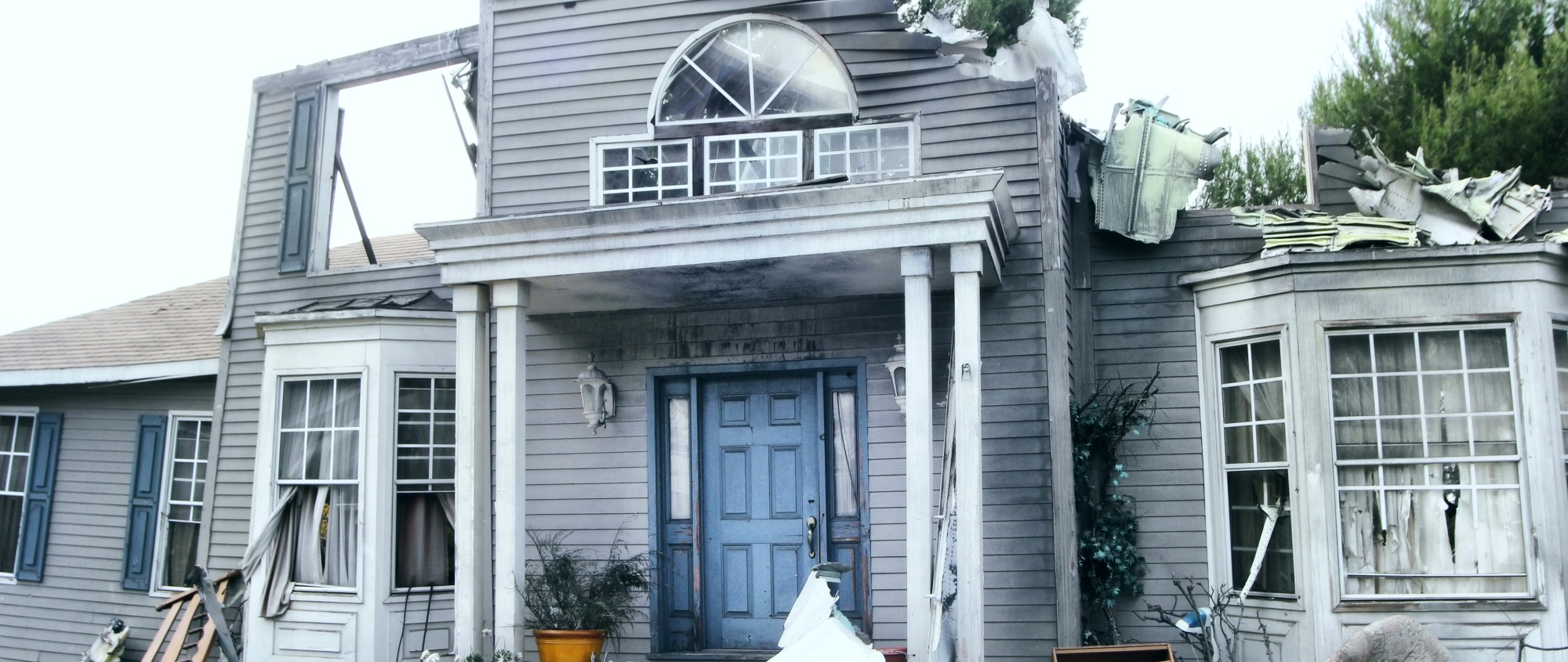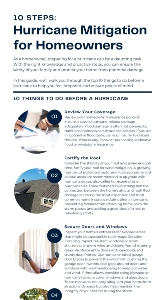Hurricanes are among the most destructive and costly natural disasters. Insurance professionals can help mitigate hurricane damage to not only minimize costs for policyholders, but to also reduce the number of claims during catastrophic events.
WaterStreet Company P&C insurance solutions allow carriers to access all the data needed to form predictions on where these costs are headed.
Hurricane Claims
It’s essential to understand the top costs associated with hurricanes. By identifying the most destructive costs, insurance professionals can create a target approach to reduce the frequency and severity of claims.
Top Claim Causes After Hurricanes
1. Structural Damage: High winds and heavy rains are typical elements of hurricanes. Wind can shatter windows, tear away fences, and damage the structural integrity of buildings. Heavy rains can have far-reaching effects, leading to subsequent damage to the contents of homes.
2. Roof Damage: Roof damage is a significant contributor to hurricane-related insurance claims. High winds, flying debris, and heavy rain can compromise roofs, leading to leaks and further interior damage.
3. Flood Damage: Flooding from heavy rainfall or breached levees can result in extensive property damage, including structural damage and destruction of personal belongings.
4. Storm Surge Damage: Coastal areas are particularly vulnerable to storm surges, which can inundate properties and cause severe damage, especially in low-lying regions.
5. Impact Damage: Flying debris, fallen trees, and other objects can cause impact damage to homes, outdoor structures, and vehicles, leading to costly claims.
6. Loss of Personal Property: Hurricanes often result in the loss or damage of personal belongings, including furniture, electronics, and other valuables.
Water Damage
P&C insurance typically covers losses or damages resulting from perils. However, water damage coverage is often situational and can be a key concern for policyholders after a hurricane. If water damage is accidental and comes from a source inside the home, such as a sudden burst pipe, it is more likely covered than if it occurred due to storm surge or heavy rainfall.
Insurers who cover water damage due to hurricanes should highlight this offering as a key differentiator.
P&C insurance policies usually exclude intentional acts, such as deliberate damage to property or harm to others, as well as criminal activities. Many P&C policies do not cover routine wear and tear, maintenance, or gradual deterioration of property. Certain high-risk perils, like acts of war or nuclear incidents, are often excluded from standard P&C policies.
How to Mitigate Hurricane Damage
To reduce the number of claims during catastrophic events and lower the cost per claim, insurance professionals can share valuable advice and resources with policyholders. Consider FEMA’s guidelines when providing advice to policyholders.
1. Clear Debris
Clear trees, branches, and other potential projectiles from the property to reduce the risk of impact damage.
2. Secure the Roof
Ensure that roofs are properly anchored and secured to prevent them from being lifted by strong winds. Roofs can be reinforced with hurricane straps or clips.
3. Protect Windows
Install impact-resistant windows and doors or use shutters to shield them from debris and wind.
4. Fortify Doors
Reinforce entry doors with deadbolts and storm doors.
5. Elevate Electrical Systems
Raise electrical systems, such as circuit breakers and outlets, to prevent flood damage.
6. Anchor Structures
Mobile homes and sheds should be anchored securely to prevent them from becoming projectiles during hurricanes.
By advising policyholders to take these mitigation techniques, insurance professionals can significantly reduce the risk of damage during hurricanes, ultimately leading to fewer claims and lower claim costs.
Home Insurance Coverage
Insurance professionals should have a clear understanding of what is covered by home insurance policies to help policyholders make informed decisions and prevent disputes during the claims process. Home insurance typically covers:
- Dwelling Coverage: Repairs or rebuilding of the insured home due to hurricane damage.
- Other Structures Coverage: Repairs to structures on the property, such as detached garages or sheds.
- Personal Property Coverage: Replacement or repair of personal belongings damaged or lost due to the hurricane.
- Additional Living Expenses: Coverage for temporary living expenses if the insured home becomes uninhabitable.
- Liability Coverage: Protection in case someone is injured on the insured property during the hurricane.
Car Insurance Coverage
It’s crucial for insurance professionals to educate policyholders about the importance of comprehensive coverage in hurricane-prone areas. Car insurance usually covers hurricane-related damage if policyholders have comprehensive coverage. Comprehensive coverage includes:
- Wind and Hail Damage: Repairs to vehicles damaged by hurricane-force winds or hail.
- Flood Damage: Compensation for damage to vehicles caused by flooding.
- Impact Damage: Coverage for damage resulting from falling debris or other objects during a hurricane.
WaterStreet & Hurricanes
The role of insurance professionals in mitigating hurricane damage is pivotal in safeguarding both policyholders and insurance companies. Among recent climate change trends, the impact of severe storms is of deep concern to many areas of the United States.
Through strategic risk management and a commitment to resilience, insurance companies aim to navigate the stormy waters of hurricane season while fulfilling their vital role in protecting communities and property.
WaterStreet Company provides insurers with cloud-based solutions and an advanced API for your solution to grow with the company. Contact us to request a consultation and demo.





